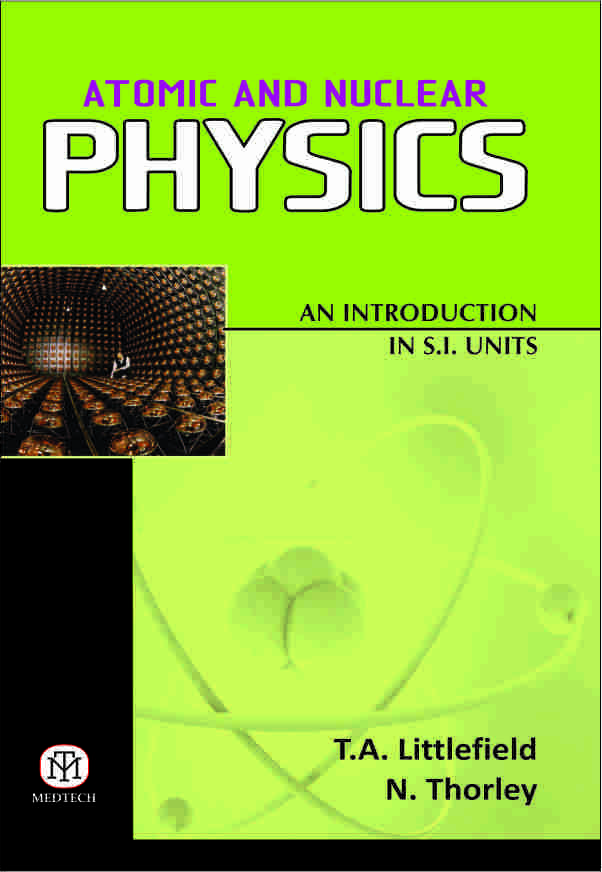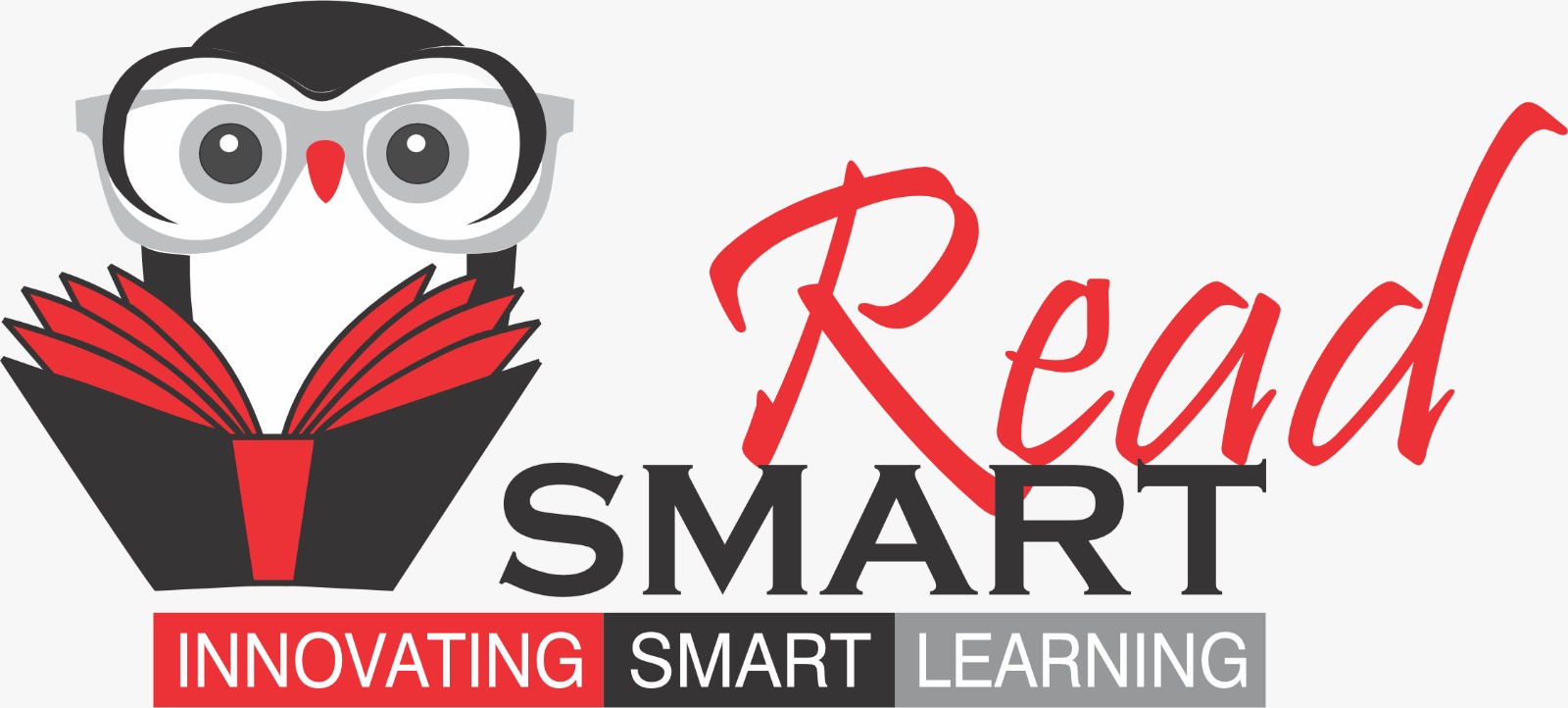Scientific International is a leading publisher of high-quality academic and scientific books across various fields. Our publications are authored by esteemed experts from India and globally, known for their academic excellence and pedagogical approaches. We publish under the MedTech imprint, a rapidly growing platform covering numerous disciplines. Our mission is to provide cutting-edge, accessible content that inspires curiosity and fosters learning, contributing to the global academic community and supporting students, professionals, and researchers worldwide.
Associated partner

ATOMIC AND NUCLEAR PHYSICS : AN INTRODUCTION IN S.I. UNITS
Rs. 325
| Attribute | Details |
|---|---|
| ISBN | 9789381714607 |
| Author | LITTLEFIELD |
| Subject | Physics |
| Binding | Paperback |
| Total Pages | |
| Copyright Year | 2016 |
Note : Price subject should be change on the website.
This book represents a first approach to the physics of the atom and the nucleus. It is considered most desirable that all graduates in pure science, even those who are to specialize in subjects other than physics, should be familiar with the ideas of atomic physics in the broadest sense. This book also provides the groundwork for physics honours students. It is also useful for applied science students in electrical and mechanical engineering and in metallurgy. For all such students of pure and applied science, as well as for students following parallel courses in colleges of advanced technology, this book should provide a helpful introduction. With the inclusion of atomic and nuclear physics in the syllabus of high schools many of the chapters should prove useful to the students at high school level. In short this book has been written mainly for students in the high school and in the first two years at university. International Union of Pure and Applied Physics prescribes the use of S.I. units (Système International d’Unités). This book has been written in S.I. units to conform to the international standards. Appendix A includes S.I. units and those familiar mainly with c.g.s. units will find it advantageous. The chapter on new unstable particles gives some indication of their interpretation. Carbon 12 instead of oxygen 16 has been used as unit of atomic mass. The quantitative work in the book is consolidated by numerous problems, some of which are worked out in detail. Additional problems have been added at the end of each chapter. Although many of the problems amount to little more than numerical substitutions, experience has shown that they give the student confidence and provide useful ideas about orders of magnitude.





 Continue With Google
Continue With Google
 Continue With Facebook
Continue With Facebook
